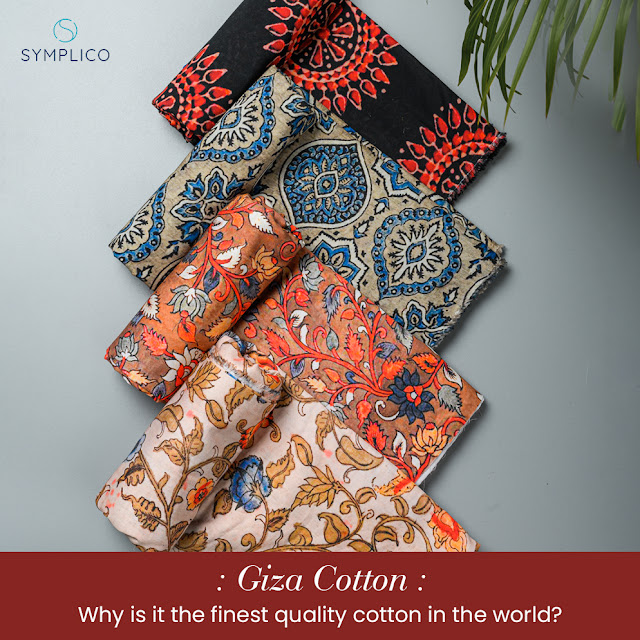Saree: Elegance wrapped at Ease

Sarees are one of the most common Indian traditional garments, serving as ethnic attire for all occasions or simply as the epitome of elegance. A straightforward article of clothing, a one-piece that resembles a sheet beautifully wrapped around your body in a deliberate design that brings out your ethnic side. Sarees have drawn women of all ages to every other family event, whether it is a religious gathering or a busy wedding eve. This is especially true for young people who have now lost contact with their ethnic roots in the wake of modernity. The current young industry draw must return to their traditional origins while the aunts and grandmothers demonstrate their expertise.
However, the major draw of a saree is the wide range of designs, patterns, colour schemes, and styles one may select from while purchasing one. The elderly enjoy old patterns, and there are also classic contemporary designs that they adore. The nicest part of wearing a saree is incorporating it into your routine and picking designs that complement it.
Why should you invest in printed sarees?
Imagine your wardrobe without patterned printed saris. That's how important they are. Plain, uninteresting sarees are a welcome contrast from printed sarees. They present a lively display of hues and designs to breathe fresh life into a cloth. We can be motivated to start the day off well by seeing newly blooming flowers, strong elephants, delicate milkmaids, vibrant fruits, and rich green foliage. The possibilities for printed sarees are only limited by the sky. But there's more! The elaborate and delicate designs of the hand printed versions may provide the ideal Desi Diva aesthetic.
Salient Features of Printed Sarees
- Printed sarees are available in all conceivable colour schemes to complement a designer's vision.
- In contrast to hand-printed versions, digital machine prints are durable and do not run colours.
- To produce a print on the cloth, wooden stencils are made and then dipped in dyes.
- Sarees can be printed in a variety of ways, including Kalamkari, Bandhani, Batik, Dabu, Patola, Foil, and the widely accessible computer-printed varieties.
- Common designs seen in printed sarees include floral patterns, scenes from nature, geometric patterns, abstract prints, and even photos.
- Sarees that have been 3D printed are renowned for their realistic and lifelike images.
Fabric types for printed sarees
Digital prints are available on a variety of textiles, whereas hand prints are often done on natural fabrics like silk and cotton. Georgette, Chiffon, Crepe, Art Silk, Tussar Silk, Satin, Net, Organza, Linen Cotton, and Lycra are a few of the fabrics that are frequently used. In other words, due to the sophisticated technology involved in digital printing, practically every cloth supports them.
How Should a Printed Saree Be Worn?
There are many different ways to style printed sarees. These few tricks can help you achieve the greatest photogenic appearance you've ever wanted:
- Choose light materials like chiffons with pastel flower motifs for summer breakfasts, and wear them with high heels and neat hair.
- Choose hand-printed kinds and pair them with beaded jewellery and an attractive bun for an ethnic style.
- It's ideal to wear digital and abstract prints without many accessories. Choose a gorgeous blouse and side-swept hairstyle for a timeless look.
- Try securing a premium leather belt around your waist for an upscale appearance, then get ready to steal the stage!


.jpg)
Comments
Post a Comment